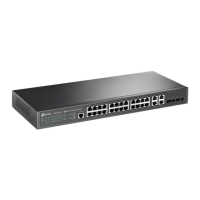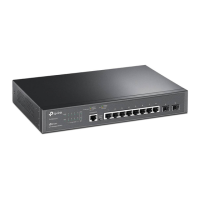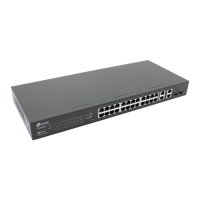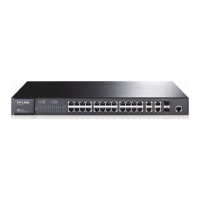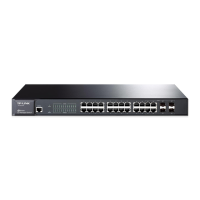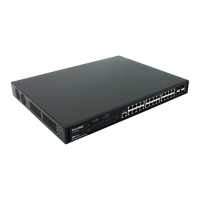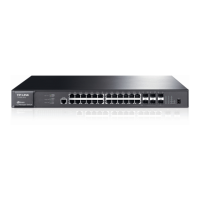Figure 7-9 Instance Port Config
The following entries are displayed on this screen:
¾ Port Config
Instance ID: Select the desired instance ID for its port configuration.
Port Select: Click the Select button to quick-select the corresponding port based on
the port number you entered.
Select: Select the desired port to specify its priority and path cost. It is
multi-optional.
Port: Displays the port number of the switch.
Priority: Enter the priority of the port in the instance. It is an important criterion
on determining if the port connected to this port will be chosen as the
root port.
Path Cost: Path Cost is used to choose the path and calculate the path costs of
ports in an MST region. It is an important criterion on determining the
root port. The lower value has the higher priority.
Port Role: Displays the role of the port played in the MSTP Instance.
Port Status: Displays the working status of the port.
LAG: Displays the LAG number which the port belongs to.
Note:
The port status of one port in different spanning tree instances can be different.
Global configuration Procedure for Spanning Tree function:
83
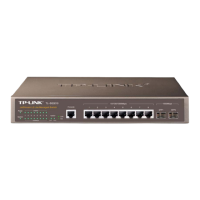
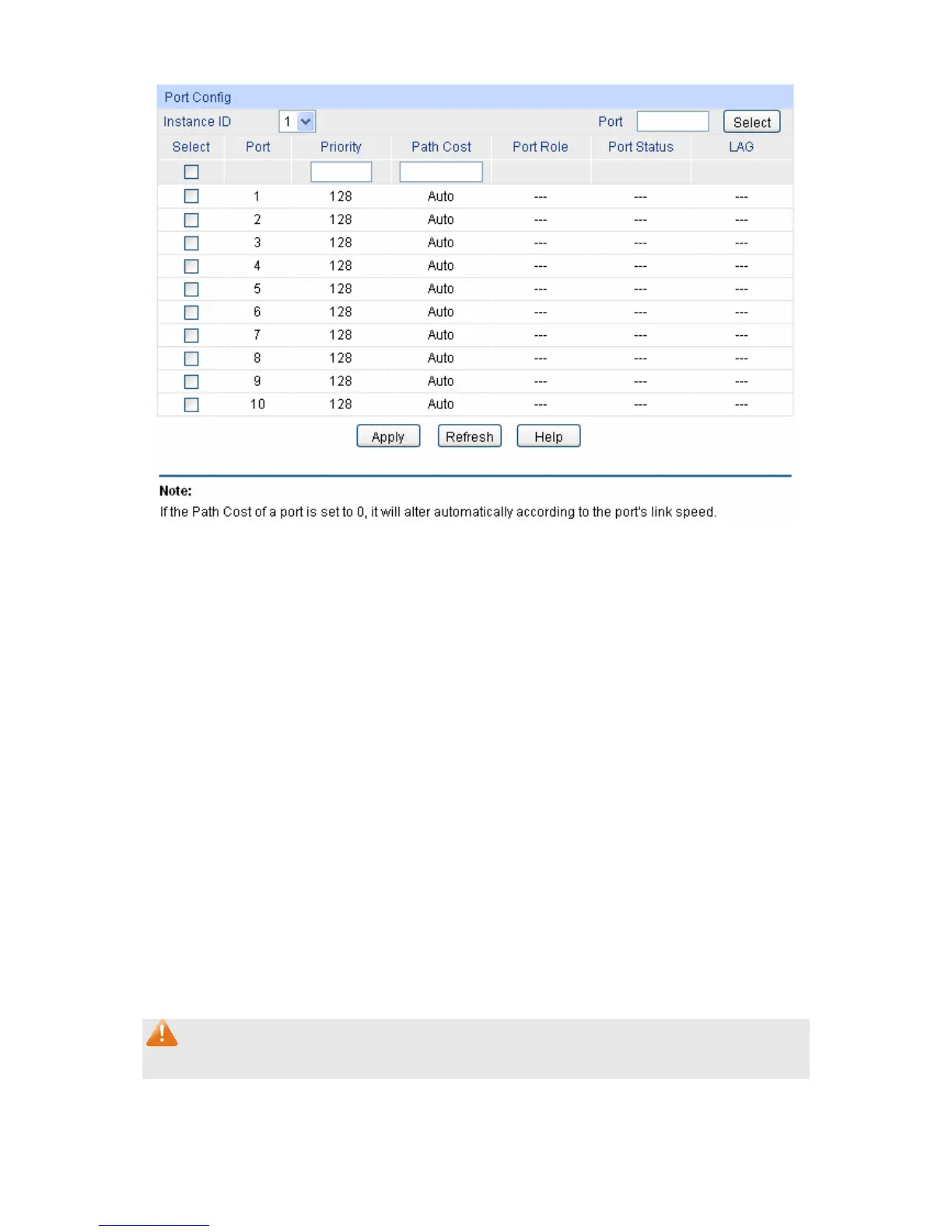